I was able to source the empty enclosures and rebuild an ESP32 with nothing more than:
- PIR Enclosure
- ESP32(xx)
- LD2410
- 10cm jumper cables
- Drill (3mm and 5mm)
- Glue gun
- Adhesive spacers
- USB cables
I have been able to build variations on this with parts laying around. ESP32 D1 mini, and the ESP32-S2 with HLK-LD2410B+BLE or the HLK-LD2410C.
For the USB cables I used the magnetic variant, with interchangeable USB ends I can keep the cable in place and easily swap between USB-C / MicroUSB depending on the ESP.
What I liked about this, they are extremely simple to make, less than 30mins, (re-)built, coded, installed and working.
Tools and components

Drill holes for MCU and cable
Like any hack, some changes need to be made to the original.




Fitting MCU and other inners
Using the spacer in reverse to attach the MCU to the enclosure helps to secure it and also easy to remove / replace if needed/
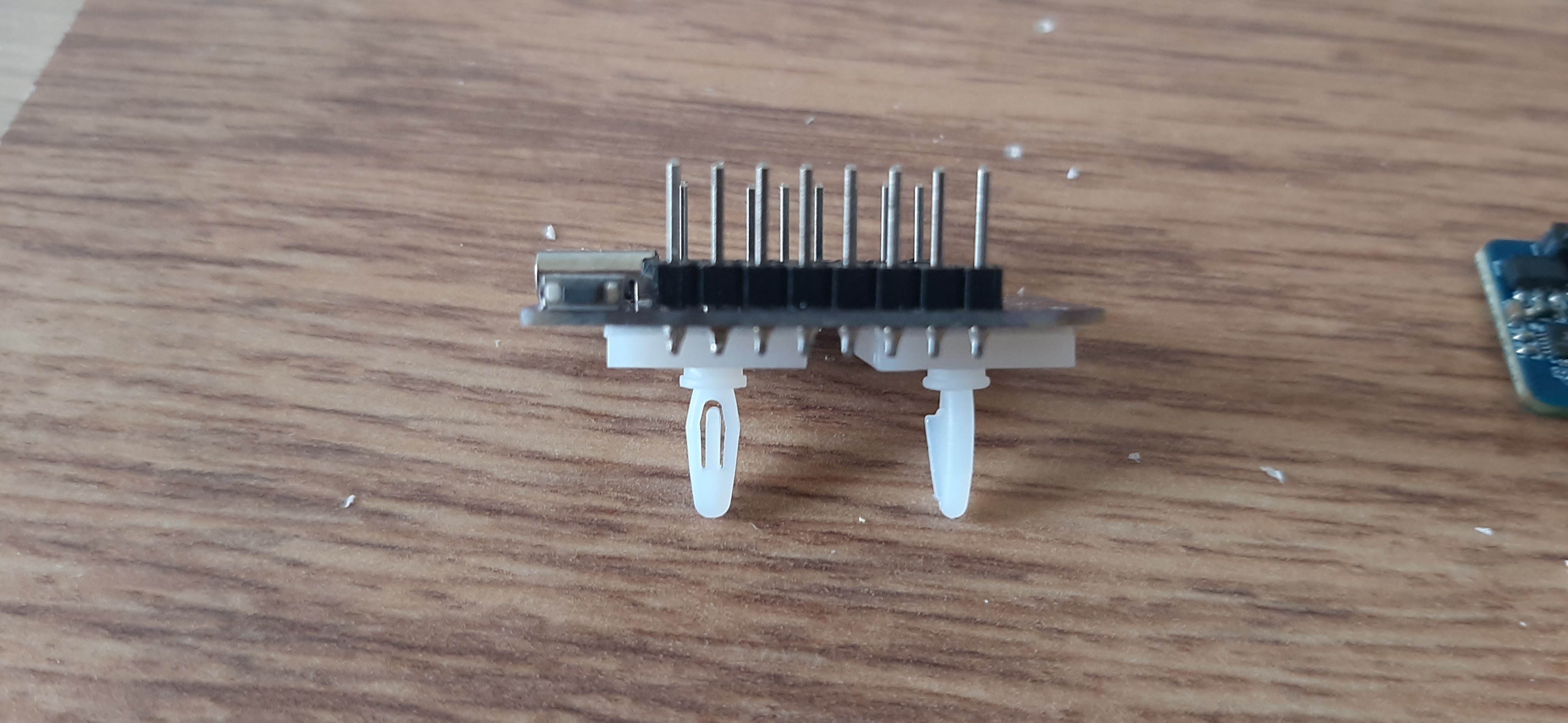

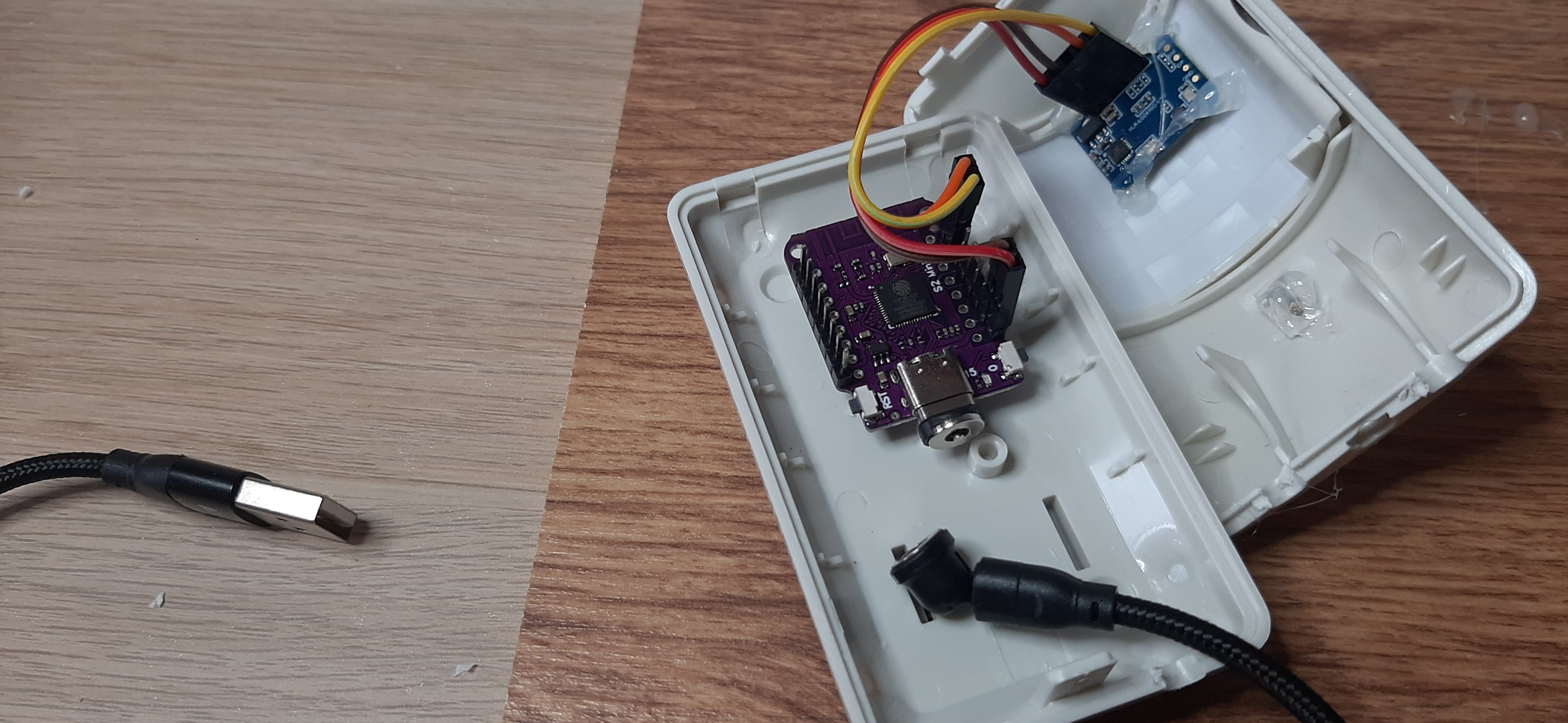
Tada!

Coding
The next step will be to upload your ESPHome yaml. Have a look on how to program your ESP32 as the UART and LED pins in the sample config may differ. The example is based on the ESP32-S2. I have not fiddled with the configs so they are as vanilla as from the ESPHome site.
## motion sensor
substitutions:
device: esp32s2
name: '20230806-01'
esphome:
name: ${device}-${name}
friendly_name: ${device}-${name}
platformio_options:
board_build.extra_flags:
- "-DARDUINO_USB_CDC_ON_BOOT=0"
esp32:
board: lolin_s2_mini
framework:
type: arduino
# Enable Home Assistant API
api:
encryption:
key: "<yours>"
ota:
password: "<yours>"
# Enable logging
logger:
# baud_rate: 0
<<: !include wifi-and-ap.yaml
web_server:
# motion sensor
uart:
id: uart_1
tx_pin: GPIO39
rx_pin: GPIO37
baud_rate: 256000
parity: NONE
stop_bits: 1
ld2410:
timeout: 5s
max_move_distance : 5.25m
max_still_distance: 4.5m
g0_move_threshold: 50
g0_still_threshold: 20
g1_move_threshold: 50
g1_still_threshold: 20
g2_move_threshold: 40
g2_still_threshold: 40
g3_move_threshold: 30
g3_still_threshold: 40
g4_move_threshold: 20
g4_still_threshold: 30
g5_move_threshold: 15
g5_still_threshold: 30
g6_move_threshold: 15
g6_still_threshold: 20
g7_move_threshold: 15
g7_still_threshold: 20
g8_move_threshold: 15
g8_still_threshold: 20
sensor:
- platform: ld2410
moving_distance:
name: "${device}_${name}_moving_distance"
still_distance:
name: "${device}_${name}_still_distance"
moving_energy:
name: "${device}_${name}_moving_energy"
still_energy:
name: "${device}_${name}_still_energy"
detection_distance:
name: "${device}_${name}_detection_distance"
binary_sensor:
- platform: ld2410
has_target:
name: "${device}_${name}_has_target"
has_moving_target:
name: "${device}_${name}_has_moving_target"
has_still_target:
name: "${device}_${name}_has_still_target"
light:
- platform: status_led
name: "Blue LED"
pin: LED
In the wild
Under the kitchen counter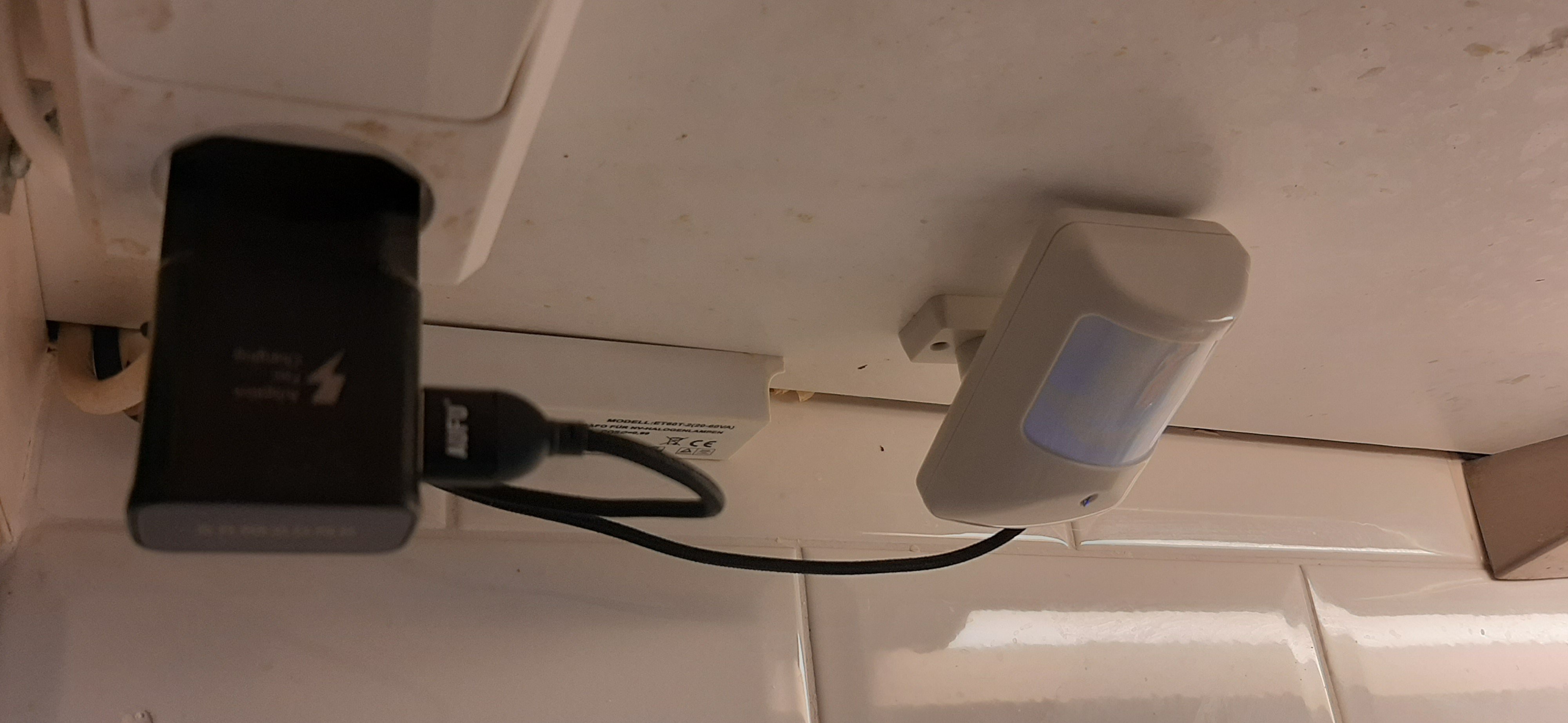
Plugged into a router as it supports USB

It works well behind curtains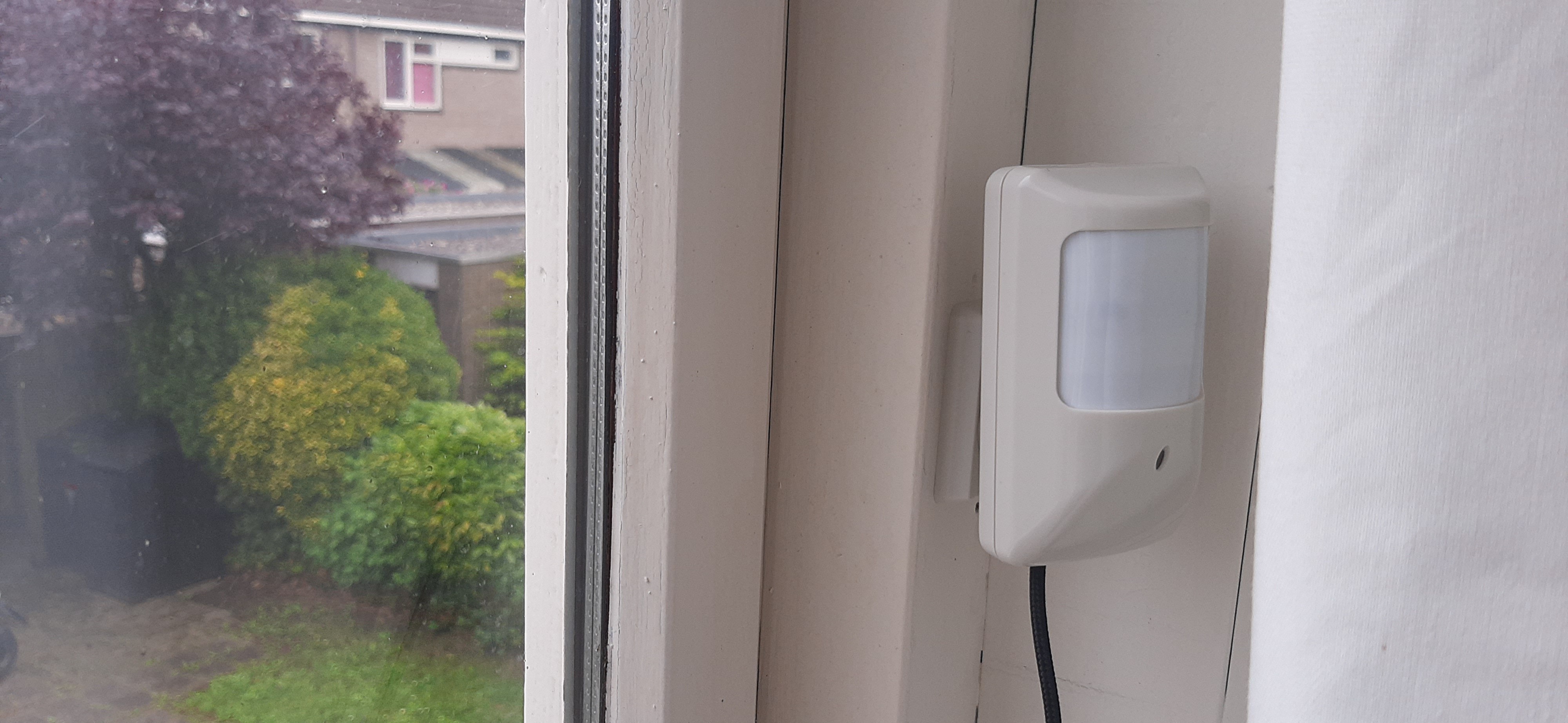
Used double sided type it fix it to an old charger - still have doubts about this one.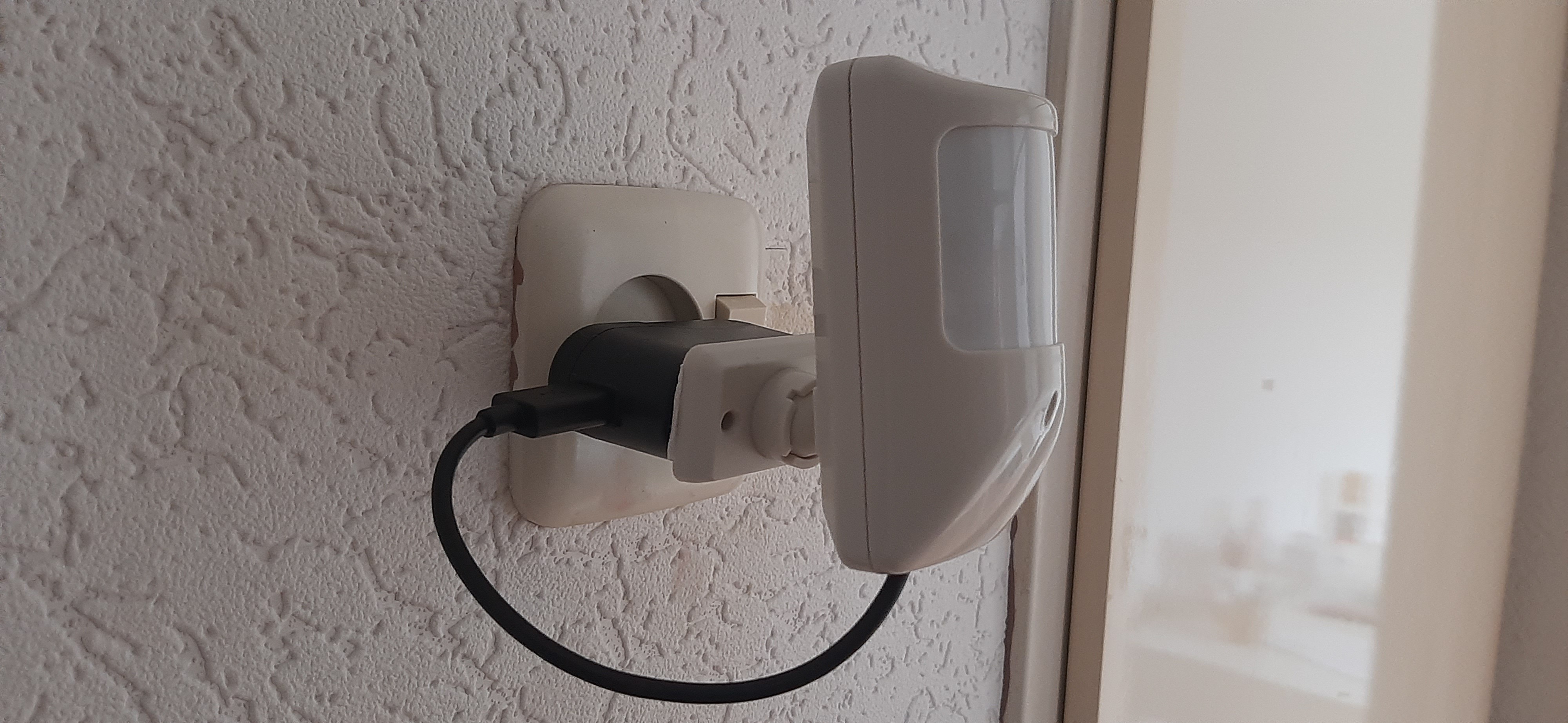
Fixed one to the coat rack at the one entrance


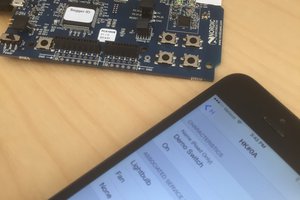
 Tim Wilkinson
Tim Wilkinson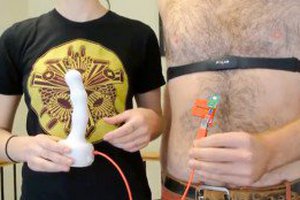
 blorgggg
blorgggg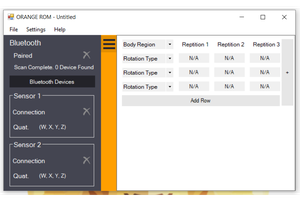
 Silas Waxter
Silas Waxter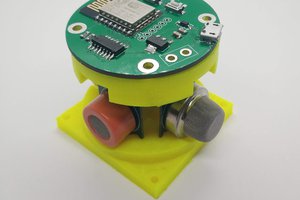
 Tinkers Projects
Tinkers Projects
Greetings,
It seems I missed the notification when your message arrived, hence the delayed reply.
I used aliexpress and search for "pir enclosure". Looking at my orders, this was bought from "SZOMK Enclosure 03 Store". Guess it is likely just as good as many of the other stores who offer a good price.